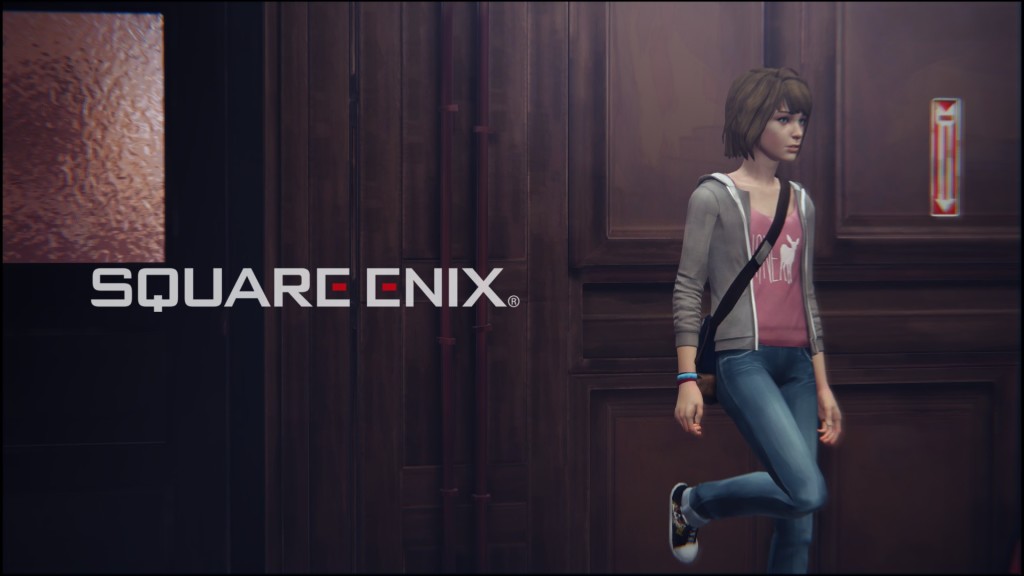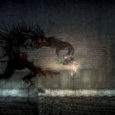Before I get into it let me just start by saying this – I don’t generally do formal game reviews. But titles like this are why I will always have love for video games.
Back in October at New York Comic Con I had the pleasure of attending Square-Enix’s press party, where they graciously fed me and kept me on a steady stream of vodka cranberries as I made the rounds to check out theirr new wares. There were things I expected to see like the new editions of their mainstays Final Fantasy and Tomb Raider, but there was an interesting demo they had over in the corner. The demo was down at the time, but they have me some links to the demo online. And a few minutes of demo was all it took to sell me on Life is Strange. Check out the release preview just below:
What you just saw? This is what the game feels like while playing it.
Released in late January, Life is Strange represents S-E’s first foray into episodic adventure games, a genre that his been picking up steam since 2012 saw Telltale’s The Walking Dead hit consoles. Since then they’ve exploded with titles, and this style of game found continued success with the formula, with Telltale having just released opening episodes of Tales from the Borderlands and Game of Thrones late last year, with episode 2 of the latter being just released on February 3rd.
But this is altogether different.
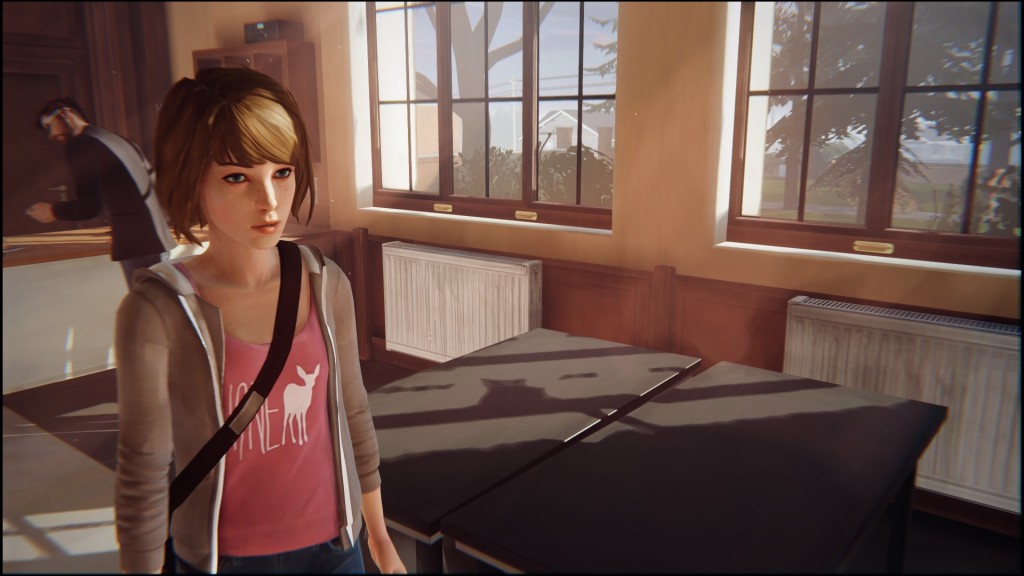 Life is Strange puts you in the shoes of 18 year old Max Caulfield, a high school student in the photography program at Blackwell Academy, having returned to her home town of Arcadia Bay, Oregon after five years. A shy and introverted young woman, she can always be found toting her vintage polaroid camera while avoiding the race of being one of the cool kids. It’s while hiding in the bathroom to get herself together after a particularly rough morning that she witnesses a violent crime – and learns that she can rewind time in the process.
Life is Strange puts you in the shoes of 18 year old Max Caulfield, a high school student in the photography program at Blackwell Academy, having returned to her home town of Arcadia Bay, Oregon after five years. A shy and introverted young woman, she can always be found toting her vintage polaroid camera while avoiding the race of being one of the cool kids. It’s while hiding in the bathroom to get herself together after a particularly rough morning that she witnesses a violent crime – and learns that she can rewind time in the process.
This mechanic is available at every juncture in the game where Max has to make a decision, informing the player each time that their selected action has consequences. The twist to it, however, is that even after rewinding time, Max retains the knowledge and any inventory she picked up. In this way the player can choose an action, find that it has horrible consequences, and with that knowledge rewind time to change their path.
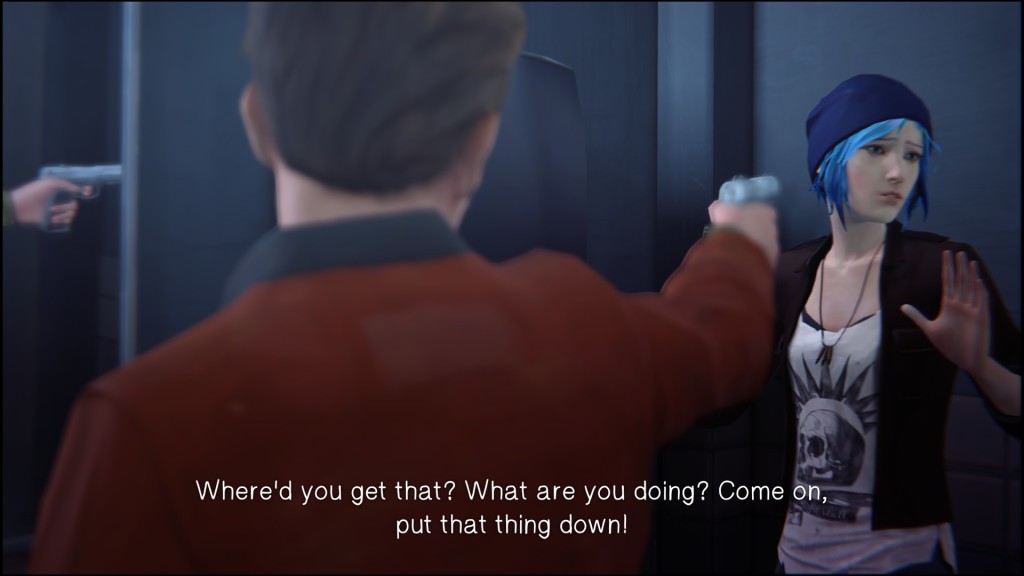 As an example, in one scene Max is taking folders from a high shelf to rummage for information. When she gets the files they fall into an oil slick on the floor. So do you read the files and leave them, as well as evidence of your snooping? Rewind time to not take them at all? Or read the information then rewind time to hide the evidence? And that theme is what fuels the game. Are you happy with the choices you’ve made in life? What would you do if you could go back?
As an example, in one scene Max is taking folders from a high shelf to rummage for information. When she gets the files they fall into an oil slick on the floor. So do you read the files and leave them, as well as evidence of your snooping? Rewind time to not take them at all? Or read the information then rewind time to hide the evidence? And that theme is what fuels the game. Are you happy with the choices you’ve made in life? What would you do if you could go back?
Throughout the narrative Max is challenged with obstacles that we’re not used to seeing in a lot of other games. There’s her classmate Kate who has more secrets than she lets on, teenage drama with the school’s “mean girls,” the school security guard that never seems to cut her any slack, and the entitled trust fund babies that can buy life on easy street at the expense of others (Max included). We’re not knights of the realm, we’re not hiding from dragons or trying to scavenge for another night running from zombies. This is an ordinary high school kid that has discovered something extraordinary about herself. And it’s that aspect of the game that makes it easy to buy into. Everyone has memories of rough times in high school – whether it be fitting in, finding one’s own way, dealing with being an outcast or problems with authority. Everyone at least once has imagined they were invisible or that they could take back the things they’ve done. Regardless of when your graduation was, there’s a simple nostalgia to Life is Strange, almost dark and sweet at the same, that gives players a connection to Max and the story. Max also keeps a diary recounting all of her exploits and decisions as they are made. The diary itself serves as a great vehicle for developing Max, putting her thoughts to the page and giving the player a bit more insight into the character.
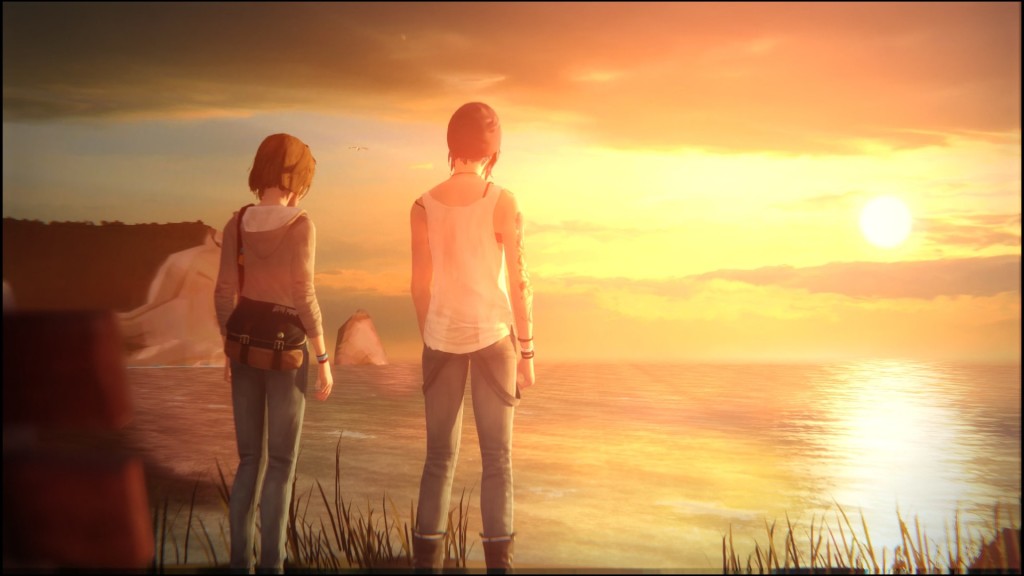 As the plot progresses, we find Max reunited with her former best friend Chloe who she can barely recognize, the mystery behind the disappearance of Blackwell student Rachel, and what can only be described as blackout premonitions of impending doom. This first episode gave us a small taste of Max’s life in Arcadia Bay and I’m hoping sets us up well for Episode 2 in March.
As the plot progresses, we find Max reunited with her former best friend Chloe who she can barely recognize, the mystery behind the disappearance of Blackwell student Rachel, and what can only be described as blackout premonitions of impending doom. This first episode gave us a small taste of Max’s life in Arcadia Bay and I’m hoping sets us up well for Episode 2 in March.
The game itself is painted on a beautiful hand drawn backdrop depicting the Pacific Northwest in a way that’s colorful and dark at the same time. That’s accompanied with songs by Syd Matters, Mogwai, and alt-J as part of a soundtrack that sets the mood of every scene on every level. The whole experience makes it nearly impossible not to be drawn into it all. And I’m hoping for more of the same in Episode 2 in March.
Square-Enix and Dontnod deliver an enthralling title with a deliciously indie feel that leaves players with questions and the desire to play more to find the answers. Here’s a few more shots that make good use of the Unreal engine before i sign off.
Tushar Nene
Staff Writer
@tusharnene


